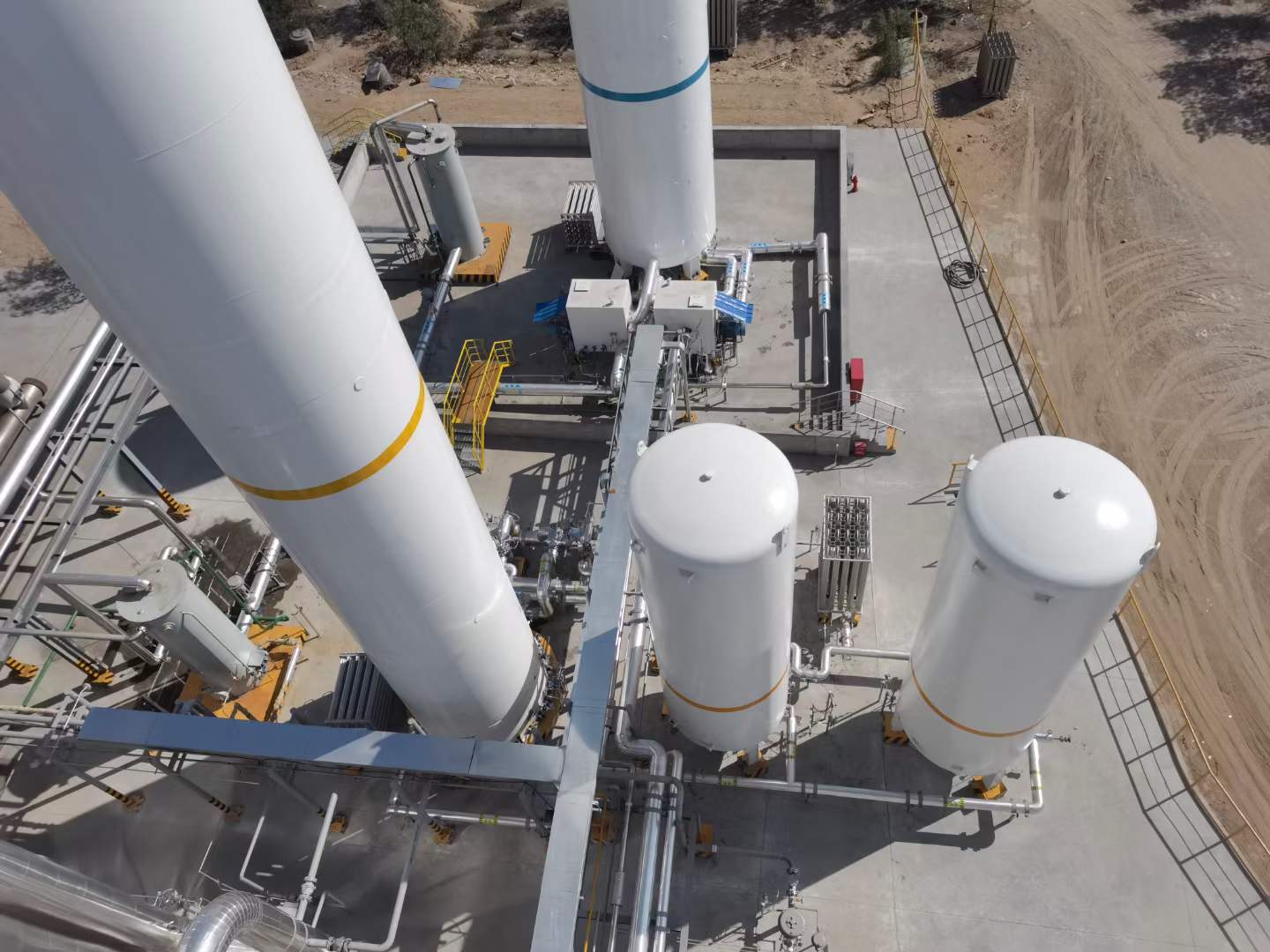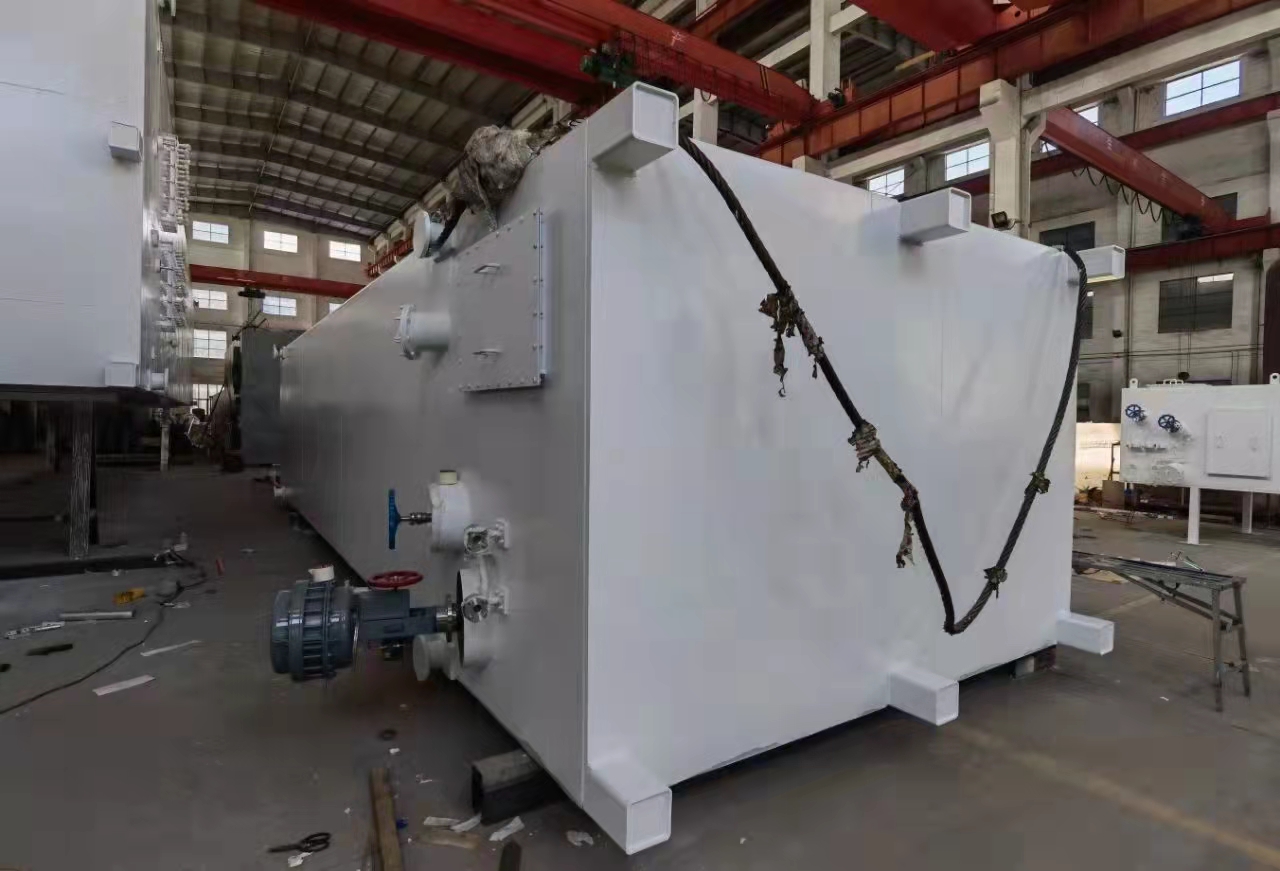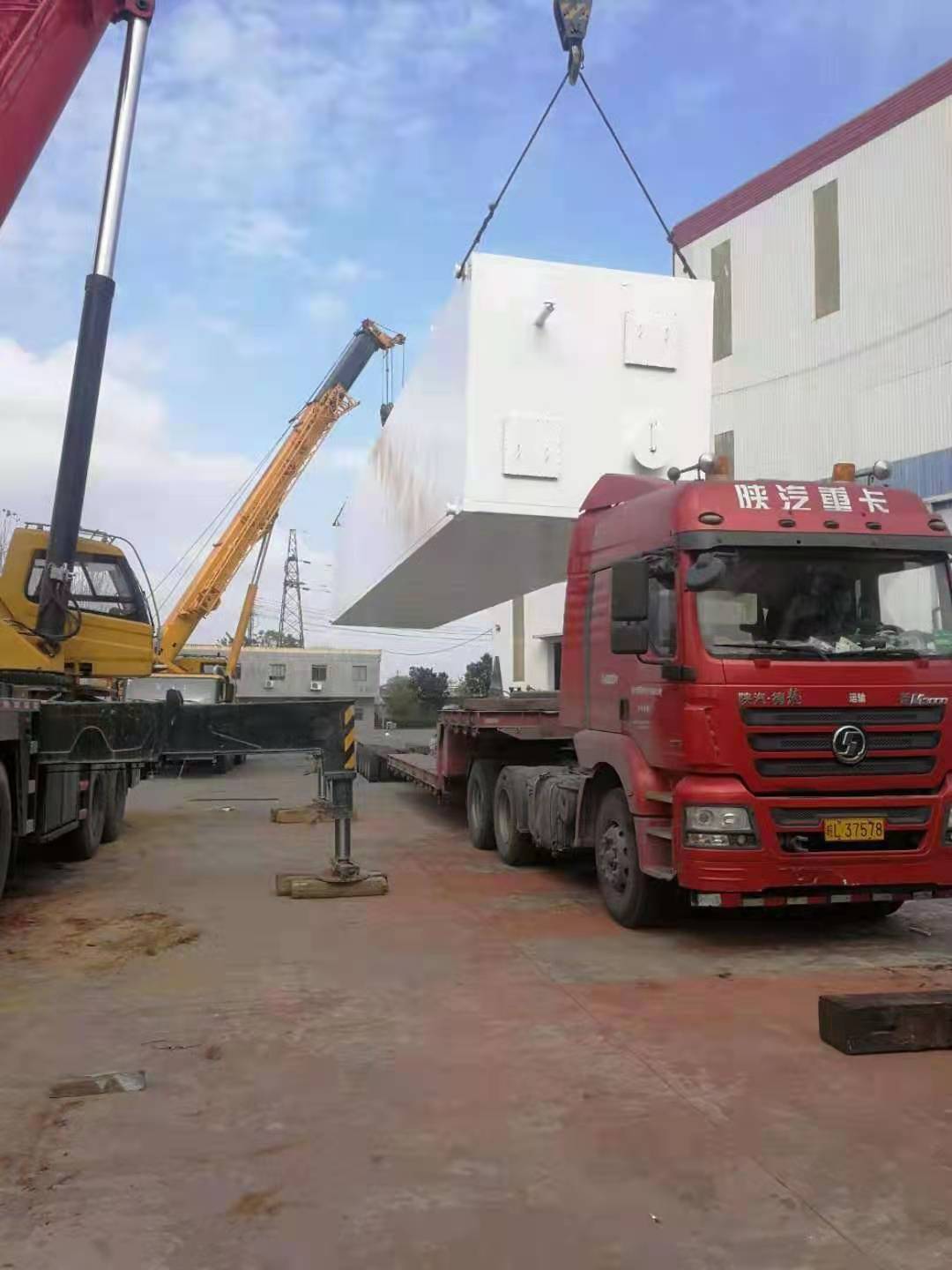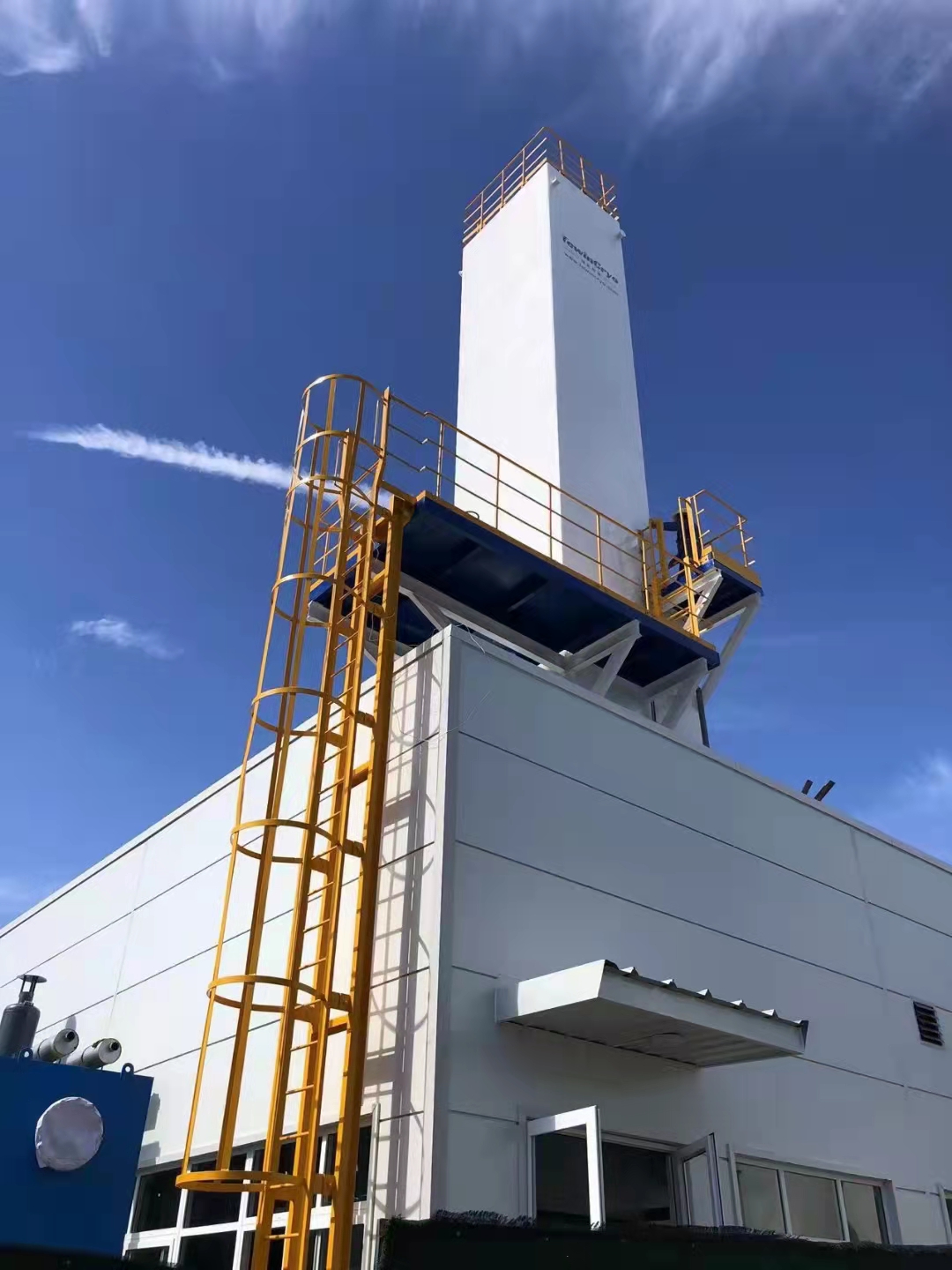-
WhatsApp / Mob : +8618936889762
-
Email : gaoyuu@njbangwin.com
WhatsApp / Mob : +8618936889762
Email : gaoyuu@njbangwin.com
Categories
Latest blog
Tags
Unveiling the Marvels of Cryogenic Air Separation: From ASU to Plant
Sep 06 , 2023In the world of industrial gas production, precision and efficiency are paramount. Cryogenic air separation plants, driven by the intricate cryogenic air separation unit (ASU) process, stand as technological marvels that play a pivotal role in various industries. In this blog post, we'll embark on a journey to explore the fascinating world of cryogenic air separation, uncovering the essential components and processes that make it all possible.
1. The Cryogenic Air Separation Unit Process: A Closer Look
At the heart of cryogenic air separation plants lies the ASU process, a complex series of steps designed to extract vital gases from atmospheric air. This intricate process involves:
- Compression: Incoming air is compressed to increase its pressure, making it easier to handle in subsequent stages.
- Cooling: The compressed air is then cooled to cryogenic temperatures, causing it to condense into a liquid.
- Fractional Distillation: The cooled air is separated into its primary components—nitrogen, oxygen, argon, and trace gases—through fractional distillation. This relies on their differing boiling points.
- Purification: The gases are further purified to remove impurities, ensuring high-purity end products.
2. Cryogenic Air Separation Plant: The Engine of Precision
Cryogenic air separation plants encompass the entire system, including the ASU, and are designed to handle large-scale production. They can vary in size and capacity to meet diverse industry demands. These plants are vital for producing high-purity gases such as medical-grade oxygen and industrial-use nitrogen.
3. Cryogenic Air Separation Units (ASUs): Engineering Wonders
Cryogenic ASUs are the key players in the separation process. These units are modular and adaptable, allowing customization based on specific purity and volume requirements. The ASUs use cryogenic distillation to separate the liquid air into its constituent gases, ensuring precision and efficiency.
4. Applications Abound: From Healthcare to Manufacturing
The gases produced through cryogenic air separation have a wide range of applications. For instance:
- Oxygen: Vital in healthcare for respiratory support and in combustion processes for various industries.
- Nitrogen: Essential for preserving perishable goods, electronics manufacturing, and metallurgical processes.
- Argon: Used in metal fabrication, welding applications, and as a component in lighting and lasers.
5. Innovations and Sustainability: The Future of Cryogenic Air Separation
The air separation industry is not stagnant. Technological advancements continue to drive efficiency, reduce energy consumption, and minimize carbon emissions. Modern ASUs incorporate cutting-edge technologies to meet the global demand for sustainable and environmentally responsible industrial practices.
Conclusion:
Cryogenic air separation plants and units, powered by the intricate ASU process, are the unsung heroes behind the scenes of many industries. Their ability to separate atmospheric air into its primary components has far-reaching implications. From supporting healthcare to enhancing industrial processes, Bangwingas cryogenic air separation technology is at the forefront of progress and innovation, ensuring we have the high-purity gases essential for our modern world.




